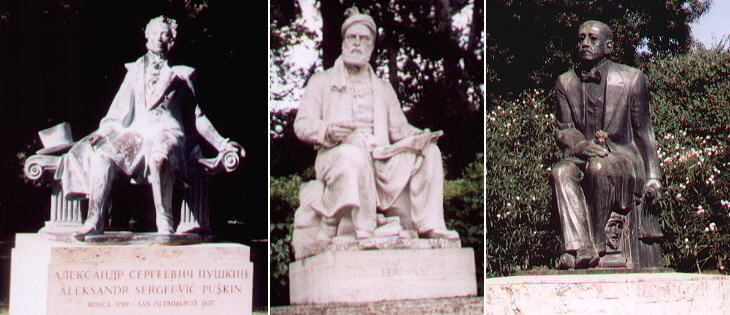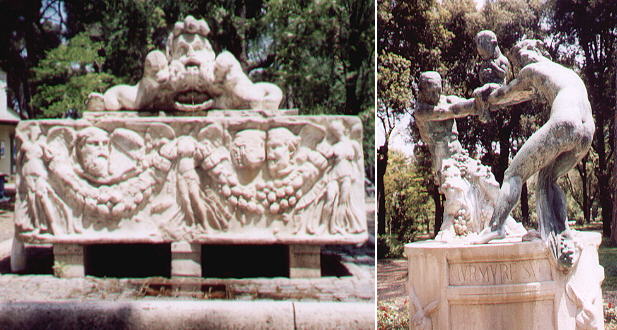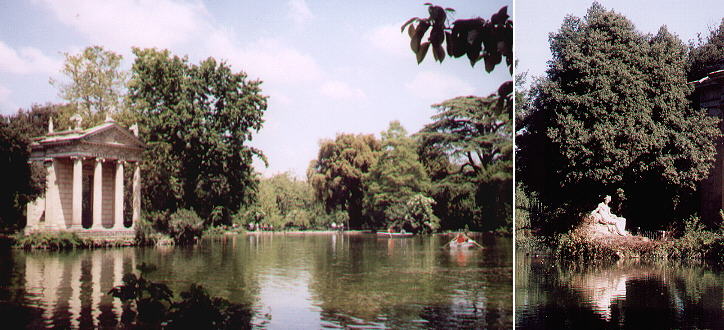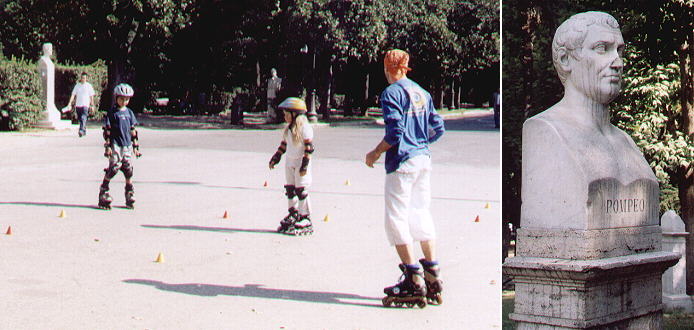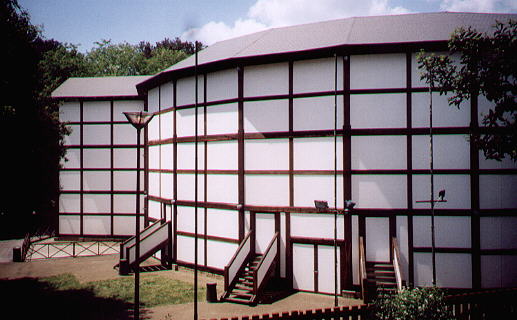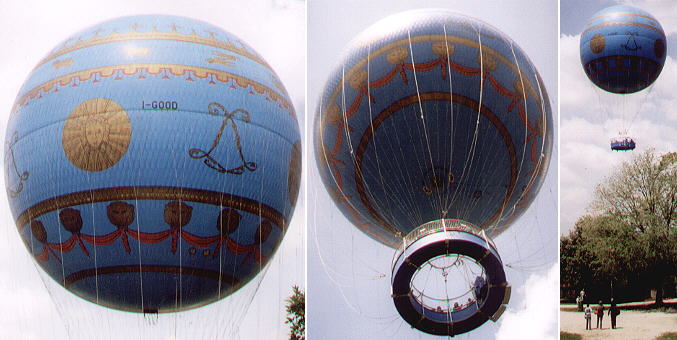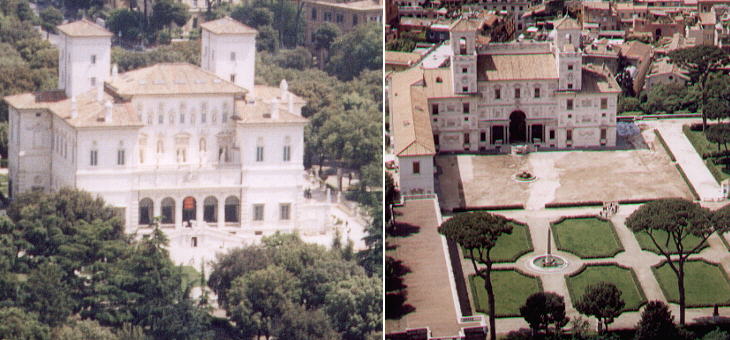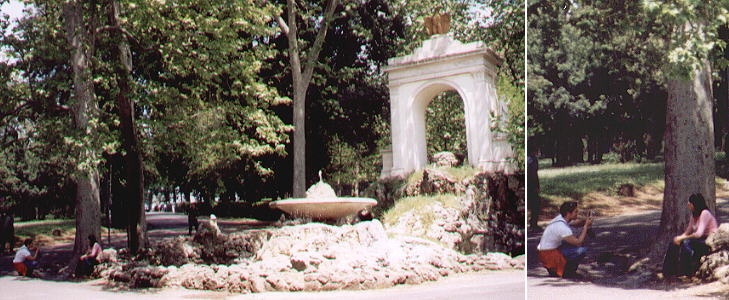 
Days of Peace (how to spend a peaceful day in Rome) 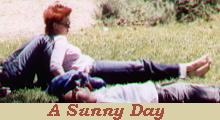 in Villa Borghese in Villa Borghese
Nowadays we can escape the rigours of a chilly winter by booking a last minute flight
to a tropical holiday resort where the next day we are likely to catch a cold due to the excess of air conditioning. In the past, things were not so easy
and travellers from northern Europe had to endure a long and tiring and sometimes dangerous journey to reach la Terra dei Limoni, the Land of Lemons, Italy. After passing the Alps and descending the River Adige valley to eventually reach Verona, Goethe wrote:
"Everything flourishes here in vigour and health, the sun is bright and hot, and one can believe again in a God. ... when, immediately after sunset, the loud shrill of crickets is heard, I feel at home in the world, neither a stranger nor an exile. I enjoy everything as if I had been born and bred here and
had just returned from a whaling expedition to Greenland" (Italian Journey September 11, 1786).
In 1903 the German Emperor William II commissioned a statue to commemorate the Roman sojourn of Goethe and this was placed in Villa Borghese (you can see it in the main page covering the Villa). Other governments followed and today by walking there you can meet many poets: Puskin, in particular seems to enjoy the Roman sunshine and rightly so, as he was used to the never-ending Russian winter nights. The Persian Firdousi and the Egyptian Shawky were more accustomed to a bright light.
It is not unusual to see tourists in Rome walking around with plastic bottles of water: this is nonsense because Rome (and Villa Borghese) is full of fountains, not only monumental ones, but also very practical cast iron fountains called by the Romans nasoni (big noses) because the water flows down from a curved tube. You don't need to stoop too much to drink: just stop the water flow with a finger and the water will come up through a little hole in the tube. The fountain shown above on the right is a 1929 addition to the long list of Villa Borghese fountains.
Between 1766 and 1793 Prince Marcantonio IV Borghese brought about a large restyling of the gardens to the south of the Casino introducing elements of English and French gardens. In particular the little lake where one can go rowing is borrowed from English models.
In 1908 Villa Borghese was linked to the Pincio Gardens by a bridge and a long alley flanked by magnolias. Because the Pincio was decorated with busts of famous Italians some busts were added in the new alley to smooth the transition between the two gardens. The busts constitute a nightmare for the maintenance of the park as their noses are a prime target of vandals.
A most recent addition to Villa Borghese is a replica of Shakespeare's Globe Theatre. Whether the initiative will meet a durable success it is too early to say.
Another very recent addition to the facilities of the Villa is a balloon, showing the decoration of the first balloons used by
the Montgolfier brothers in 1783. A safety cable ensures the balloon does not move from its mooring site.
Interesting views from the balloon relate to the casinos of Villa Borghese and Villa Medici, which seen at the same time reveal even more their similarities.
The view from the balloon allows also the discovery of monuments which are usually hidden by high walls, such as the gardens of Palazzo del Quirinale or the surviving Casino del Monte of lost Villa Ludovisi. The image above shows also how vast is the archaeological area in the southern part of Rome.
Other Days of Peace pages: At the Flea Market At the Beach Voicing Your Views and feeling better! A visit to Roseto di Roma Eating Outdoors Celebrating the Foundation of Rome Christmas in Rome The procession of La Madonna de Noantri Finding Solace at the Protestant Cemetery
Go to my Home
Page on Baroque Rome or to my Home Page on Rome
in the footsteps of an XVIIIth century traveller.
|
All images © 1999 - 2004 by Roberto Piperno. Write to romapip@quipo.it (alternative e-mail address at romeartlover@katamail.com)
